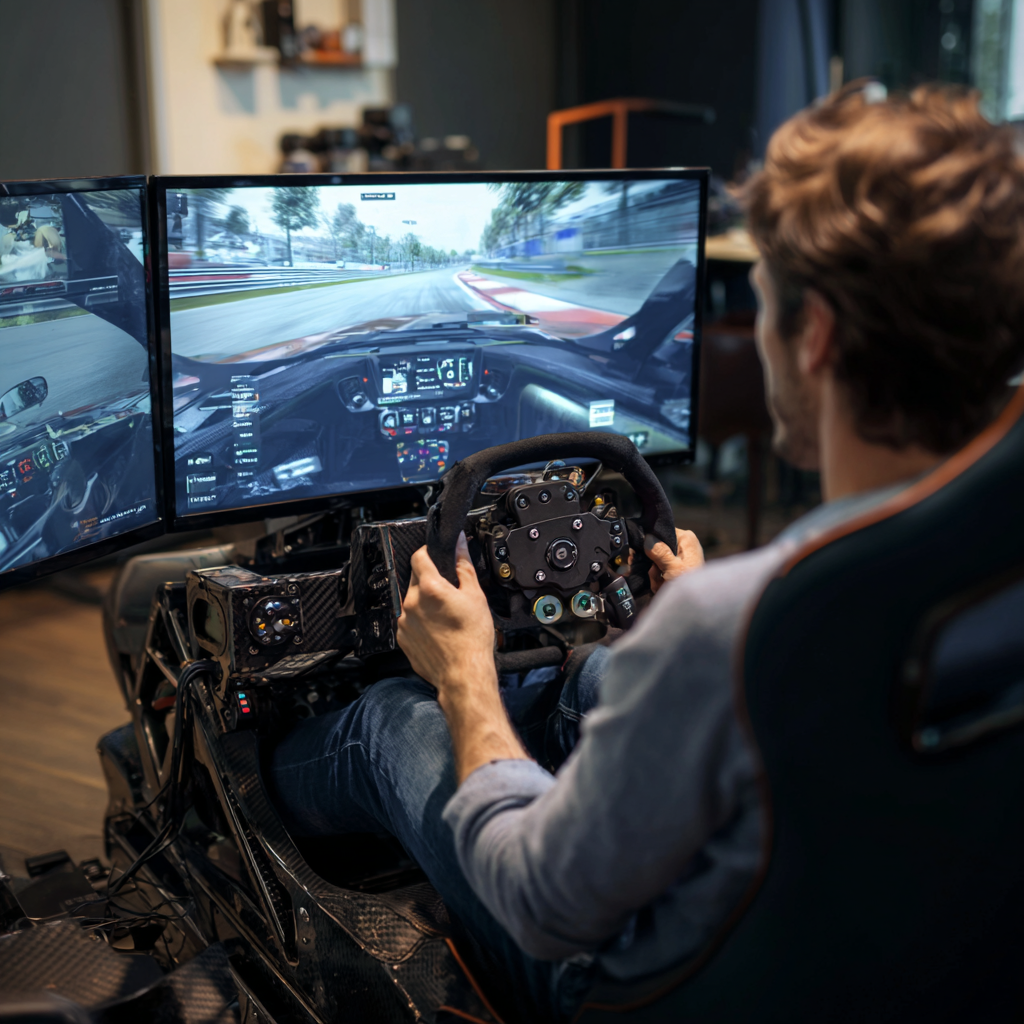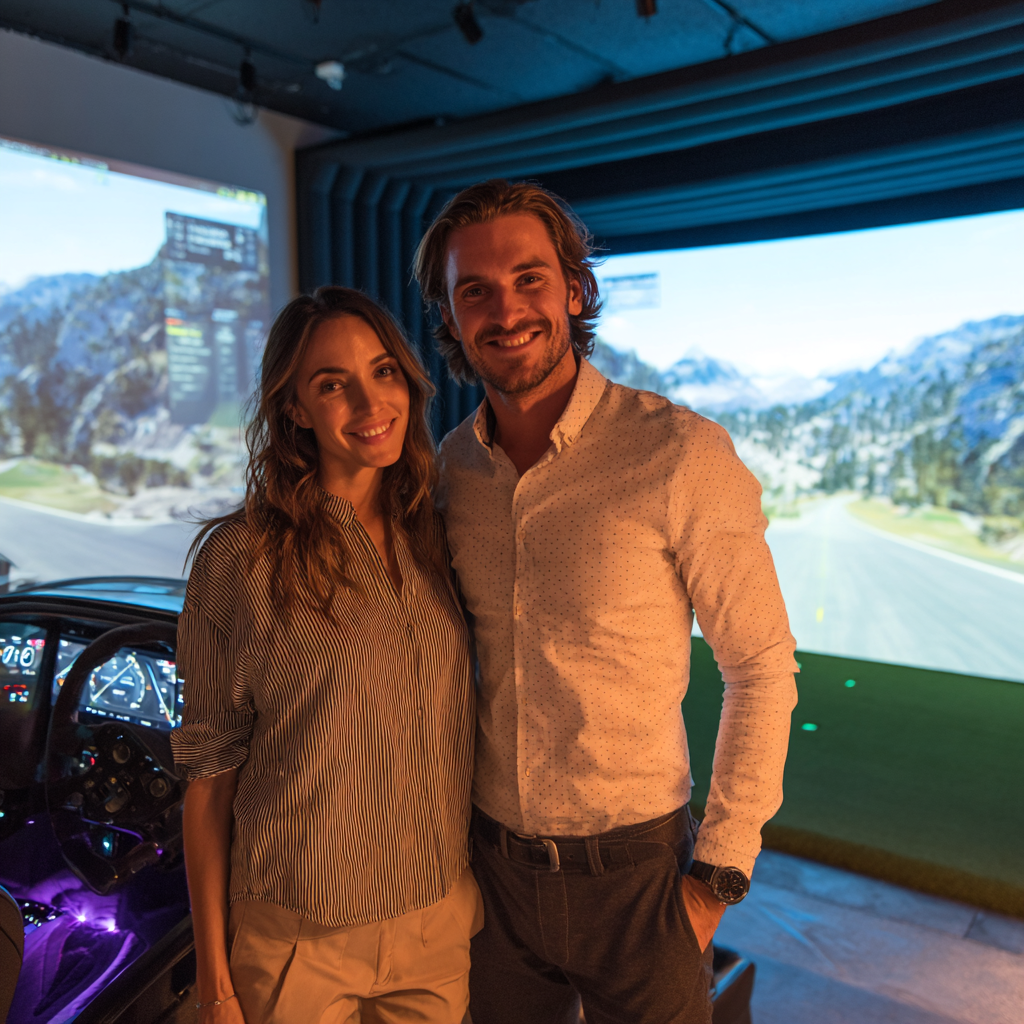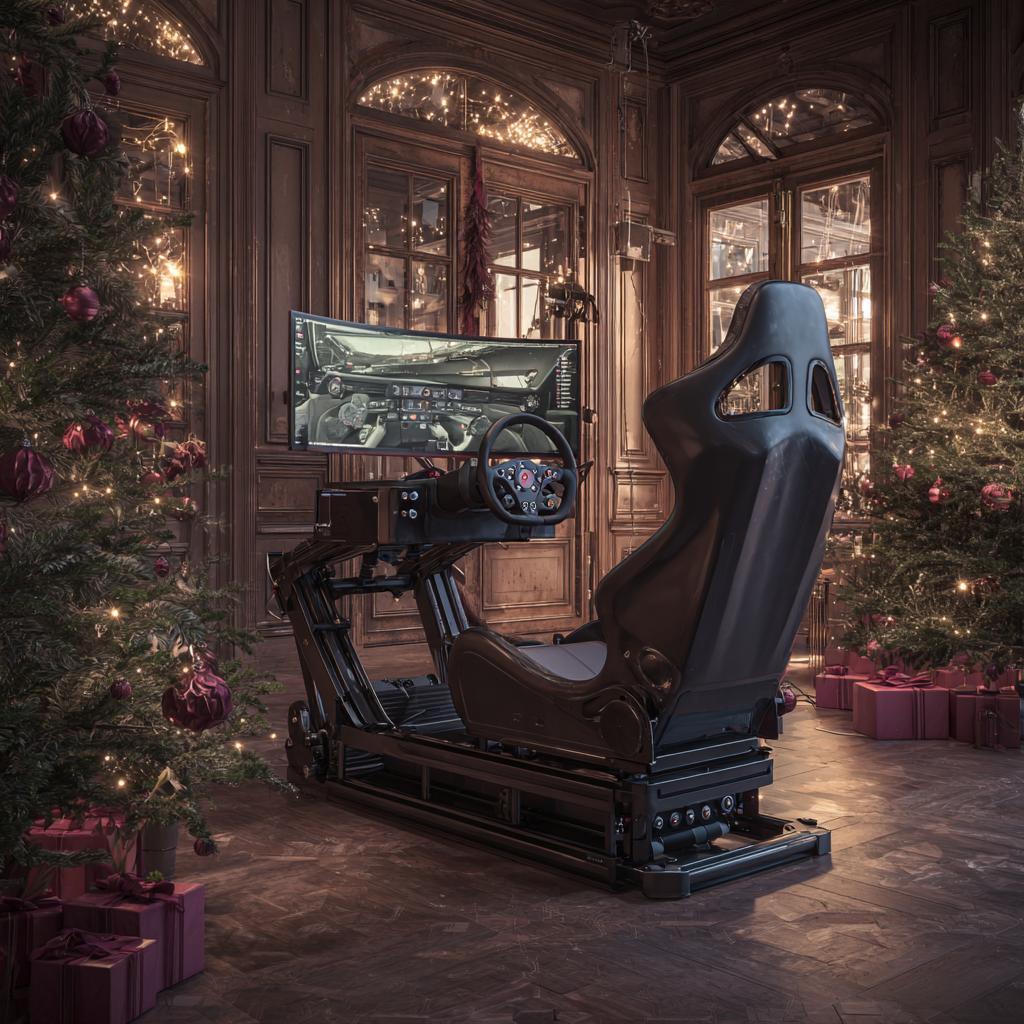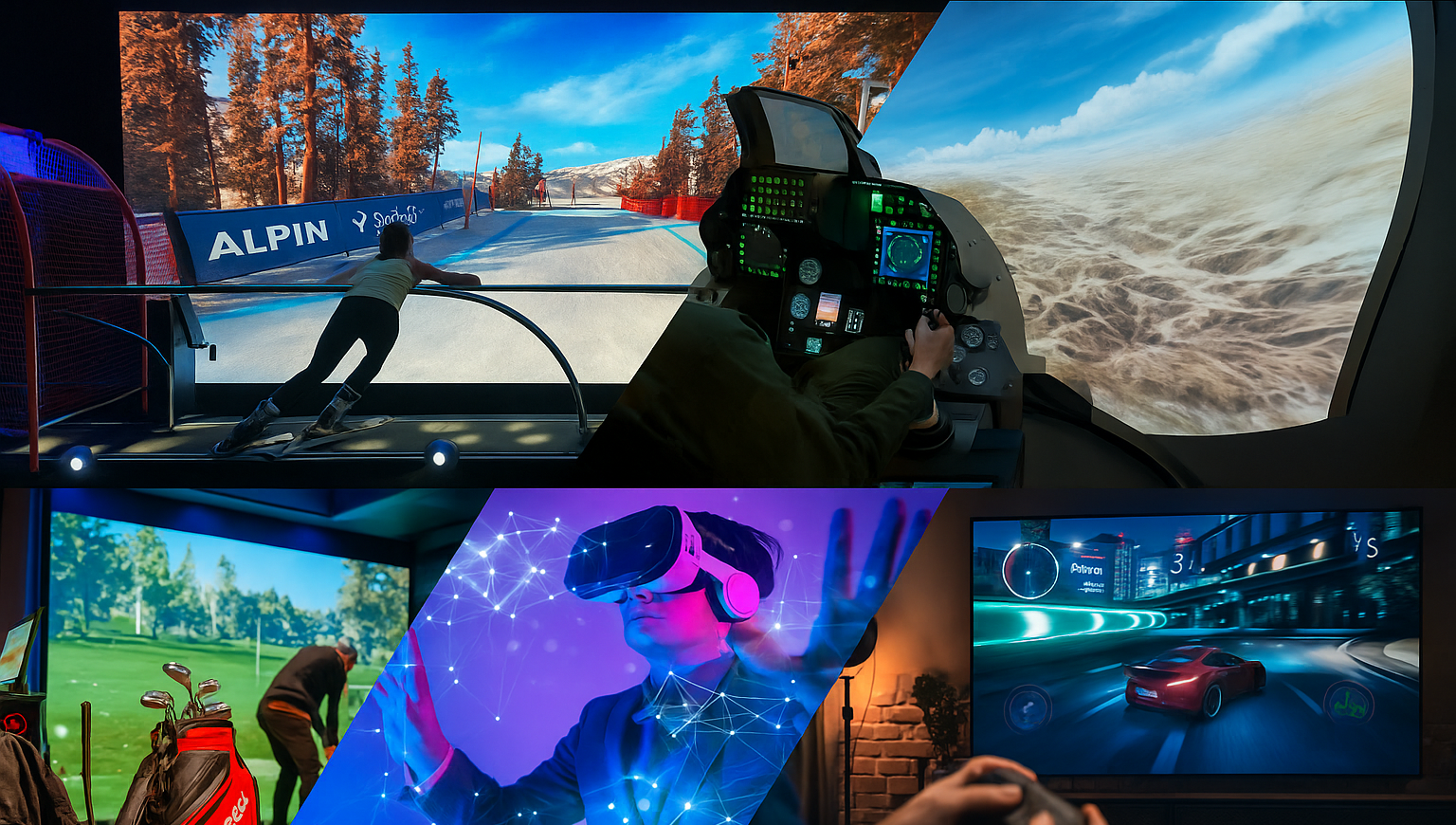For racing enthusiasts, precision is everything. A few centimeters can determine whether a driver wins or crashes. That’s why track replication in racing simulators has become such a game-changer. Imagine driving the Nürburgring, Daytona, or Monaco from your living room—with every bump, curve, and slope reproduced to perfection. That’s the power of today’s track replication technology.
What Makes Track Replication So Special?
At its core, track replication is about capturing the authentic feel of a real-world racing circuit. Developers use laser scanning, photogrammetry, and telemetry mapping to create digital twins of racetracks. These methods ensure that every detail—down to the smallest cracks in the asphalt—is recreated in the simulator.
The results are astonishing. A driver navigating a laser-scanned circuit in a racing sim is experiencing nearly the same visual and tactile information as they would on the real track. Brake points, elevation changes, and even the way the car vibrates over curbs mirror reality.
Professional Training Advantage
For professional drivers, track replication has become an invaluable tool. Formula 1, NASCAR, and endurance drivers now spend hours in simulators before races. Instead of spending millions on track rentals, travel, and practice runs, they can memorize circuits virtually. This not only saves money but also provides endless opportunities for repetition. The driver learns the track’s quirks—how a corner tightens unexpectedly, how the grip changes in wet conditions, or where overtaking opportunities lie.
Competitive Fairness in Esports
Track replication isn’t just for the pros. In the world of esports, accuracy ensures fairness. When players from around the globe compete, it’s crucial that the track they’re racing is identical for everyone. Without advanced replication technology, competitive integrity would collapse. Today, sim racing leagues—many with professional sponsorships—rely on digital tracks that mirror real-world circuits with absolute fidelity.
The Fan Experience
Even for casual racers, track replication creates a sense of wonder. Sitting in a home simulator, fans can drive the exact circuits their heroes race on. Want to experience Lewis Hamilton’s Monaco run or Max Verstappen’s Silverstone? A racing sim puts you in the driver’s seat. This level of immersion strengthens fan connection to the sport, deepening engagement.
Looking Ahead: The Future of Track Technology
The future will likely bring real-time track updates. As circuits change—repaved surfaces, adjusted corners, or new safety measures—simulators will integrate those changes instantly. Developers are also experimenting with AI-enhanced realism, allowing simulators to replicate weather changes, tire degradation, and even the subtle effects of track temperature on performance. Eventually, we may see mixed reality overlays, where live telemetry from actual races influences the digital experience in real time.
Closing Thoughts
Track replication tech is reshaping motorsport training and fan engagement. Every curve matters, and the closer simulators get to reality, the more powerful their impact becomes.
👉 Experience racing’s most iconic tracks from the comfort of home. Explore TruSimPlay’s racing simulators and take your driving to the next level.






Share:
The Future of Immersive Play – How Simulators Are Changing Entertainment Forever
Indoor Golf & the Next Generation – Why Women & Gen Z Are Driving the Trend